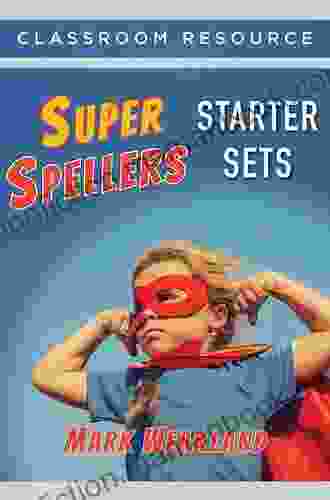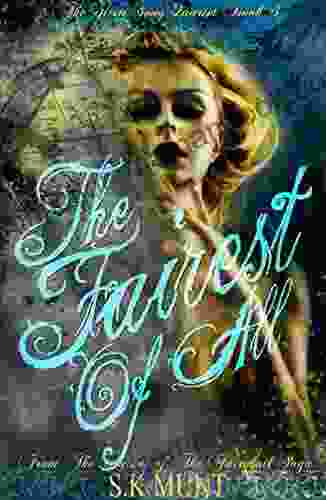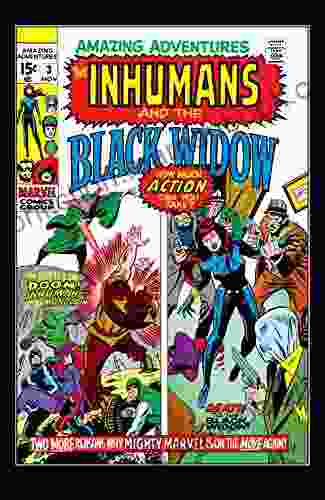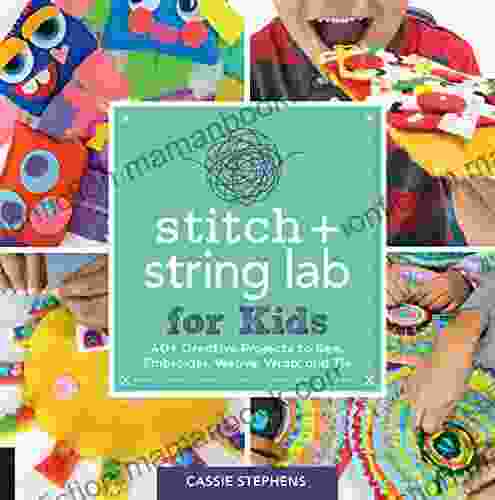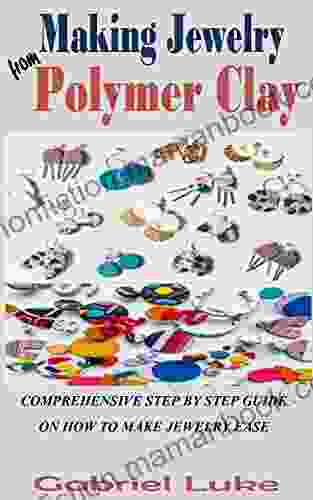Critical Conversations in English Language Arts: A Guide for Educators

Critical conversations are an essential component of a vibrant English Language Arts (ELA) curriculum, fostering critical thinking, vocabulary development, and discourse skills. By engaging students in thought-provoking discussions, educators can cultivate a rich learning environment that empowers learners to become confident communicators and critical thinkers. This article provides a comprehensive guide to fostering critical conversations in the ELA classroom, offering practical strategies and insights to enhance students' intellectual growth.
Laying the Foundation: Establishing a Culture of Respect and Inquiry
Before delving into the depths of critical conversations, it is crucial to establish a classroom culture that fosters respect, trust, and a shared passion for learning. This can be achieved through:
4.6 out of 5
| Language | : | English |
| File size | : | 2605 KB |
| Text-to-Speech | : | Enabled |
| Enhanced typesetting | : | Enabled |
| Word Wise | : | Enabled |
| Print length | : | 158 pages |
| Screen Reader | : | Supported |
- Creating a Safe and Supportive Environment: Students should feel comfortable expressing their ideas without fear of judgment or ridicule. Encourage open dialogue and provide opportunities for students to share their perspectives.
- Establishing Ground Rules: Establish clear expectations and guidelines for discussions. This includes respecting others' opinions, listening actively, and using appropriate language.
- Fostering a Growth Mindset: Encourage students to embrace challenges and view mistakes as opportunities for learning. Celebrate critical thinking and encourage students to question, analyze, and evaluate information.
Socratic Method: Questioning Techniques for Critical Thinking
The Socratic Method is a powerful tool for guiding students towards deeper understanding. By posing a series of probing questions, educators can challenge students' assumptions, stimulate critical thinking, and promote intellectual curiosity. Effective questioning techniques include:
- Open-Ended Questions: Encourage students to elaborate and provide evidence to support their claims. Avoid yes/no questions that limit discussion.
- Probing Questions: Ask questions that dig deeper into students' thinking. Use phrases like "Explain your reasoning" or "How does that connect to the main idea?"
- Challenging Assumptions: Gently challenge students' assumptions and ask them to provide evidence to support their beliefs.
Text-Based Conversations: Analyzing and Interpreting Complex Texts
Critical conversations in ELA extend beyond classroom discussions and into the realm of text analysis. By engaging students in text-based conversations, educators can cultivate their analytical skills, vocabulary development, and critical reading abilities. Effective strategies include:
- Close Reading: Guide students through a detailed examination of a text, focusing on language, structure, and literary devices.
- Textual Analysis: Encourage students to analyze texts from multiple perspectives, identifying themes, motifs, and symbols.
- Evidence-Based Discussions: Require students to support their interpretations with specific evidence from the text.
Discourse and Argumentation: Developing Persuasive and Analytical Writing
Critical conversations also encompass the development of discourse and argumentation skills. By encouraging students to engage in persuasive and analytical writing, educators can foster their ability to construct logical arguments, defend their positions, and engage in evidence-based debates. Strategies to promote discourse and argumentation include:
- Persuasive Writing: Assign persuasive essays that require students to present a well-reasoned argument and support it with evidence.
- Argumentative Discussions: Engage students in debates or discussions where they have to analyze and respond to opposing viewpoints.
- Critical Analysis: Encourage students to critically analyze arguments and identify logical fallacies and biases.
Assessment and Feedback: Evaluating Critical Thinking and Communication Skills
Assessing and providing feedback on students' critical thinking and communication skills is essential for monitoring progress and providing guidance. Effective assessment strategies include:
- Formative Assessments: Use classroom discussions, quizzes, and short assignments to assess students' understanding and provide ongoing feedback.
- Summative Assessments: Conduct more formal assessments, such as essays, projects, or debates, to evaluate students' overall progress.
- Peer Feedback: Facilitate peer review sessions where students provide constructive feedback on each other's work.
Critical conversations play a pivotal role in the development of students' critical thinking, vocabulary development, and discourse skills. By implementing the strategies outlined in this guide, English Language Arts educators can cultivate a vibrant learning environment that empowers students to become confident communicators, critical thinkers, and lifelong learners. Embracing critical conversations not only enhances academic achievement but also fosters a passion for learning and intellectual curiosity that will serve students well beyond the classroom walls.
4.6 out of 5
| Language | : | English |
| File size | : | 2605 KB |
| Text-to-Speech | : | Enabled |
| Enhanced typesetting | : | Enabled |
| Word Wise | : | Enabled |
| Print length | : | 158 pages |
| Screen Reader | : | Supported |
Do you want to contribute by writing guest posts on this blog?
Please contact us and send us a resume of previous articles that you have written.
 Top Book
Top Book Novel
Novel Fiction
Fiction Nonfiction
Nonfiction Literature
Literature Paperback
Paperback Hardcover
Hardcover E-book
E-book Audiobook
Audiobook Bestseller
Bestseller Classic
Classic Mystery
Mystery Thriller
Thriller Romance
Romance Fantasy
Fantasy Science Fiction
Science Fiction Biography
Biography Memoir
Memoir Autobiography
Autobiography Poetry
Poetry Drama
Drama Historical Fiction
Historical Fiction Self-help
Self-help Young Adult
Young Adult Childrens Books
Childrens Books Graphic Novel
Graphic Novel Anthology
Anthology Series
Series Encyclopedia
Encyclopedia Reference
Reference Guidebook
Guidebook Textbook
Textbook Workbook
Workbook Journal
Journal Diary
Diary Manuscript
Manuscript Folio
Folio Pulp Fiction
Pulp Fiction Short Stories
Short Stories Fairy Tales
Fairy Tales Fables
Fables Mythology
Mythology Philosophy
Philosophy Religion
Religion Spirituality
Spirituality Essays
Essays Critique
Critique Commentary
Commentary Glossary
Glossary Bibliography
Bibliography Index
Index Table of Contents
Table of Contents Preface
Preface Introduction
Introduction Foreword
Foreword Afterword
Afterword Appendices
Appendices Annotations
Annotations Footnotes
Footnotes Epilogue
Epilogue Prologue
Prologue Stephanie L Smith
Stephanie L Smith Sierra Simone
Sierra Simone Nicole Lepera
Nicole Lepera Kevin Dawe
Kevin Dawe Peter Frase
Peter Frase Steven Becker
Steven Becker Laurence M Ball
Laurence M Ball Brittni Chenelle
Brittni Chenelle Faleena Hopkins
Faleena Hopkins Brennan Barnard
Brennan Barnard Gary Greenberg
Gary Greenberg Daniel Donoghue
Daniel Donoghue Bryce Walton
Bryce Walton Isabel Allende
Isabel Allende Cris Tovani
Cris Tovani Lola Allen
Lola Allen Timothy V Rasinski
Timothy V Rasinski O Neil De Noux
O Neil De Noux Kindle Edition
Kindle Edition Ruchi Singh
Ruchi Singh
Light bulbAdvertise smarter! Our strategic ad space ensures maximum exposure. Reserve your spot today!

 Eliot FosterPersonelos Emily Josephine: A Journey to Uncover the Story of One of the Most...
Eliot FosterPersonelos Emily Josephine: A Journey to Uncover the Story of One of the Most... Christian BarnesFollow ·17.9k
Christian BarnesFollow ·17.9k Will WardFollow ·18.3k
Will WardFollow ·18.3k Louis HayesFollow ·16.6k
Louis HayesFollow ·16.6k Vince HayesFollow ·9.4k
Vince HayesFollow ·9.4k Ryūnosuke AkutagawaFollow ·19.1k
Ryūnosuke AkutagawaFollow ·19.1k Douglas FosterFollow ·3.7k
Douglas FosterFollow ·3.7k Bo CoxFollow ·17.7k
Bo CoxFollow ·17.7k Ed CooperFollow ·12k
Ed CooperFollow ·12k
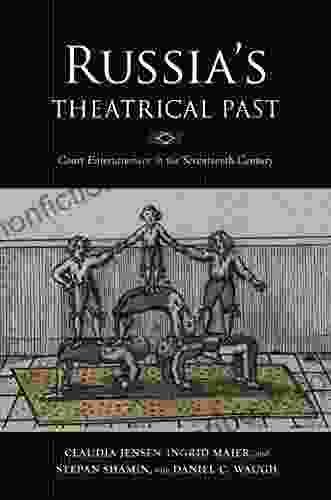
 Steve Carter
Steve CarterUnveiling the Rich Theatrical Tapestry of Russia: A...
Origins and Early...
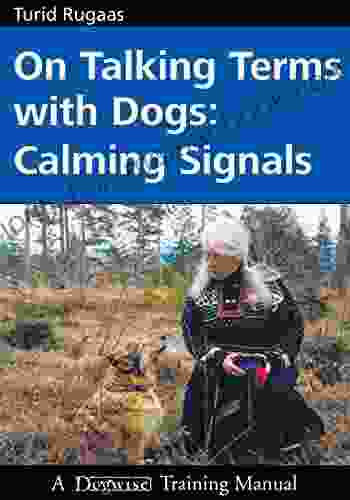
 Frank Butler
Frank ButlerOn Talking Terms With Dogs: Calming Signals and the...
For centuries, dogs have...
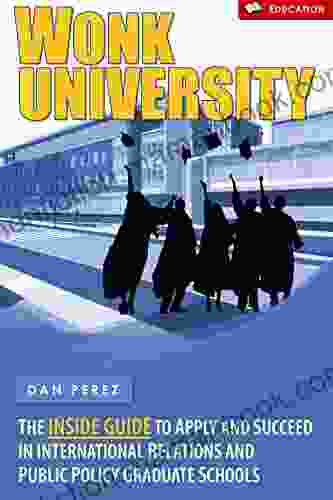
 Leo Tolstoy
Leo TolstoyThe Inside Guide to Applying and Succeeding in...
Applying to...
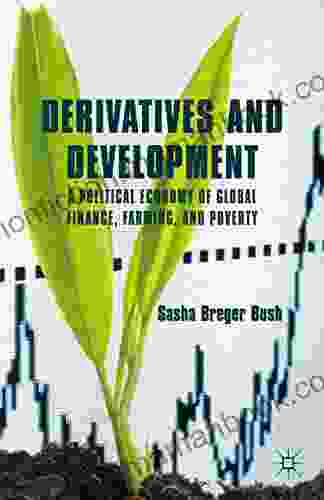
 Cole Powell
Cole PowellThe Political Economy of Global Finance, Farming and...
The global...
4.6 out of 5
| Language | : | English |
| File size | : | 2605 KB |
| Text-to-Speech | : | Enabled |
| Enhanced typesetting | : | Enabled |
| Word Wise | : | Enabled |
| Print length | : | 158 pages |
| Screen Reader | : | Supported |



